Otherwise known as CB radio, Citizens Band radio is in many countries; a system of short distance radio communications between individuals usually on a selection of 40 channels within the 27 MHz (11m) band. A CB radio is used for both personal and business communications in many countries, and its possession or operation does not require a license unlike the conventional radio.
Keep reading for the 10 codes, Phonetic Alphabet, and CB Channels & SSB Frequencies.
The CB radio was first used in the United States as one of the numerous personal radio services regulated by the Federal Communications Commission in 1945. However, the use of these radios became widespread during the 1973 oil crisis in the United States. It was used majorly by truck drivers to notify other drivers of service stations with better fuel supplies and the worthiness of particular highways. They also used it actively to organize protests against the imposed speed limit and other trucking regulations by the government in 1974.
In Canada, the General radio service authorized the use of CB radio in 1962. There are no special requirements to use the CB radios, both for either Canadians or Americans while travelling across the border or not. Initially, Americans were required to obtain a temporary license for use in Canada.
The use of CB radios on vehicles especially an off road jeep or a 4x4 vehicle is very easy and beneficial to both the drivers and trucking companies. To use a CB these radios also require the mounting of an antenna. As 27MHz is a considerably long wave length for mobile communications, the choice of antenna has a considerable impact on the performance of the CB radio. The commonly used CB antenna is a roughly 2.7m tall vertical whip with a ball and spring mount to enhance flexibility. Some drivers on the other hand prefer to use a co-phased CB antenna which involves the use of two different vertical antennas one placed by the side mirror on front of the vehicle while the other is placed at the back. While the co-phased antenna system requires at least eight feet distance to work perfectly, some drivers prefer to just mount one antenna merely for the beauty of it.
Shipping is also a concern of the antenna. For this reason Fleetwood Digital recommends the 3’ antenna as it will provide the best balance between cost and performance. One important thing to note while mounting a CB antenna is SWR. SWR stands for Standing Wave Ratio. A “SWR” meter is used to measure how well the transmit power signal emitted from a transceiver (radio) is traveling through the antenna system into the atmosphere. A better SWR will yield a stronger signal at the antenna, and less stress on the CB radio, thus potentially extending the life of the radio. Fleetwood Digital stocks a number of SWR meters allowing you to tune your equipment for peak performance.
Fleetwood Digital, is a perfect place to get the CB radio, CB antenna, and other radio accessories, like a SWR meter. With our warehouse located in Canada there are no customs or duties on delivery.
WANTING TO LEARN THE RULES AND REGULATIONS OF CB RADIO
CLICK HERE TO SHOP OUR CB PRODUCTS
ANNEX A: PHONETIC ALPHABET
People will understand you better if you pronounce your words clearly and slowly. Words of similar length, such as "care" and "pear," which contain the same vowel sounds, tend to sound alike.
When radio conditions are particularly difficult, or if an individual word or name is especially important, spell it out. For example, to get across an uncommon spelling of the surname "Smyth," say: "Surname Smyth. I spell: S-Sierra - M-Mike - Y-Yankee - T-Tango - H-Hotel." The following phonetic alphabet can be very useful.
B Bravo
C Charlie
D Delta
E Echo
F Foxtrot
G Golf
H Hotel
I India
J Juliett
K Kilo
L Lima
M Mike
O Oscar
Q Quebec
R Romeo
S Sierra
T Tango
U Uniform
V Victor
W Whiskey
X X-ray
Y Yankee
Z Zulu
TYPICAL PROCEDURE 10 CODES
- 10-1 Receiving poorly.
- 10-2 Receiving well.
- 10-3 Stop transmitting.
- 10-4 OK, message received (acknowledgment).
- 10-5 Relay message.
- 10-6 Busy, please standby (unless urgent).
- 10-7 Out of service, leaving air.
- 10-8 In service, subject to call.
- 10-9 Repeat message.
- 10-10 Transmission completed, standing by.
- 10-11 Talking too quickly.
- 10-12 Visitors (non-CBers) present.
- 10-13 Advise weather and road conditions.
- 10-16 Make pick-up at...
- 10-17 Urgent business.
- 10-18 Anything for us? (Any assignment?)
- 10-19 Nothing for you, return to base or station.
- 10-20 My location is...
- 10-21 Call by telephone or get in touch (but not by radio).
- 10-22 Report in person to...
- 10-23 Standby.
- 10-24 Completed last assignment.
- 10-25 Can you contact...
- 10-26 Disregard last message.
- 10-27 I am moving to channel...
- 10-28 Identify your station.
- 10-29 Time is up for contact.
- 10-30 Does not conform to Industry Canada rules.
- 10-32 I will give you a radio check.
- 10-33 EMERGENCY at this station.
- 10-34 Trouble at this station, help needed.
- 10-35 Confidential information which cannot be discussed on radio.
- 10-36 Correct time is...
- 10-37 Wrecker needed at...
- 10-38 Ambulance needed at...
- 10-39 Your message delivered.
- 10-41 Moving to another channel. Please tune to channel...
- 10-42 Traffic accident at...
- 10-43 Traffic tie-up at...
- 10-44 I have a message for you...
- 10-45 All units within range, please report (or identify).
- 10-46 Assist motorist.
- 10-50 Break channel.
- 10-60 What is the next message number?
- 10-62 Unable to copy, use telephone.
- 10-63 Network directed to...
- 10-64 Network clear.
- 10-65 Awaiting next message (or assignment).
- 10-67 All units comply.
- 10-70 Fire at...
- 10-71 Proceed with transmission in sequence.
- 10-73 Speed trap at...
- 10-75 You are causing interference.
- 10-77 Negative contact.
- 10-81 Reserve hotel room at...
- 10-82 Reserve room for...
- 10-84 My telephone number is...
- 10-85 My address is...
- 10-89 Radio repairman needed at...
- 10-90 I have TVI (television interference).
- 10-91 Talk closer to microphone.
- 10-92 Your transmission is out of adjustment.
- 10-93 Check my frequency on this channel.
- 10-94 Please give me a long count.
- 10-95 Transmit dead carrier for 5 seconds.
- 10-99 Mission completed, all units secure.
- 10-100 Time out for rest room.
- 10-200 Police needed at...
ANNEX B: GENERAL RADIO SERVICE (GRS) CB RADIO CHANNELS
| Channel | Megahertz |
|---|---|
| 1 | 26.965 |
| 2 | 26.975 |
| 3 | 26.985 |
| 4 | 27.005 - Common 4X4 Channel |
| 5 | 27.015 |
| 6 | 27.025 |
| 7 | 27.035 |
| 8 | 27.055 |
| 9 | 27.065 - Emergency Use |
| 10 | 27.075 - Regional Roads |
| 11 | 27.085 |
| 12 | 27.105 |
| 13 | 27.115 - Marine / RV Traffic |
| 14 | 27.125 - Walkie Talkies |
| 15 | 27.135 |
| 16 | 27.155 |
| 17 | 27.165 - N/S Truck Traffic |
| 18 | 27.175 |
| 19 | 27.185 - E/W Truck Traffic *** Most Common Channel *** |
| 20 | 27.205 |
| 21 | 27.215 - Regional Roads |
| 22 | 27.225 |
| 23 | 27.255 |
| 24 | 27.235 |
| 25 | 27.245 |
| 26 | 27.265 |
| 27 | 27.275 |
| 28 | 27.285 |
| 29 | 27.295 |
| 30 | 27.305 |
| 31 | 27.315 |
| 32 | 27.325 |
| 33 | 27.335 |
| 34 | 27.345 |
| 35 | 27.355 - Common SSB (LSB) |
| 36 | 27.365 - Common SSB (LSB) |
| 37 | 27.375 - Common SSB (LSB) |
| 38 | 27.385 - Common SSB (LSB DX Calling) |
| 39 | 27.395 - Common SSB (LSB) |
| 40 | 27.405 - Common SSB (LSB) |
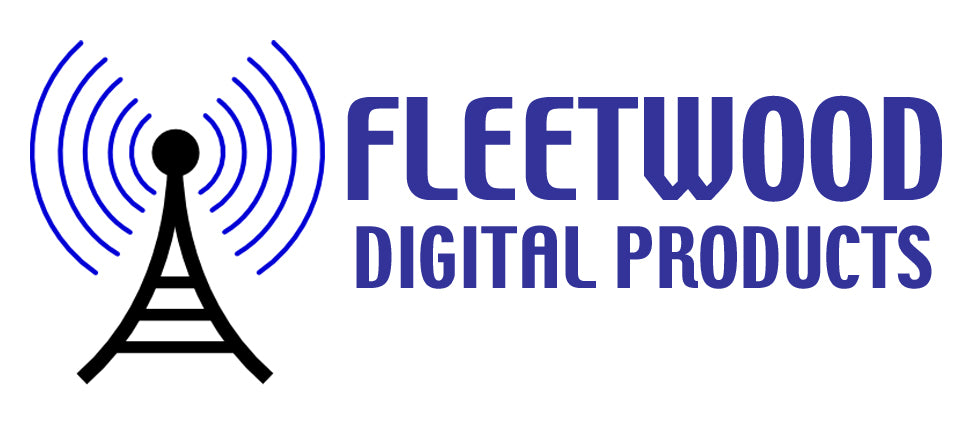

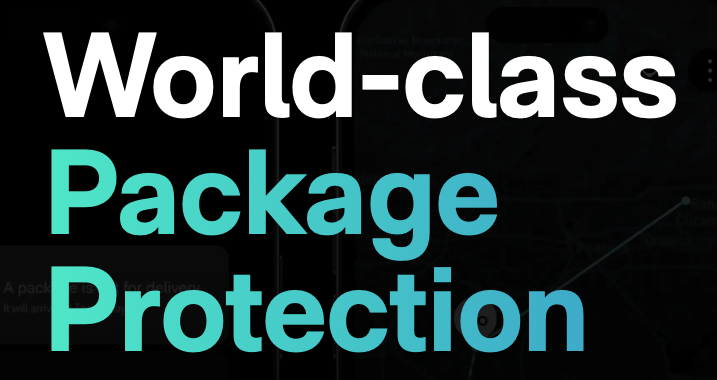
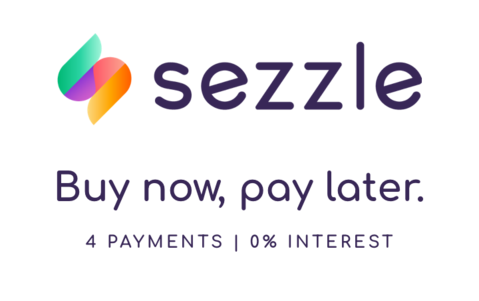
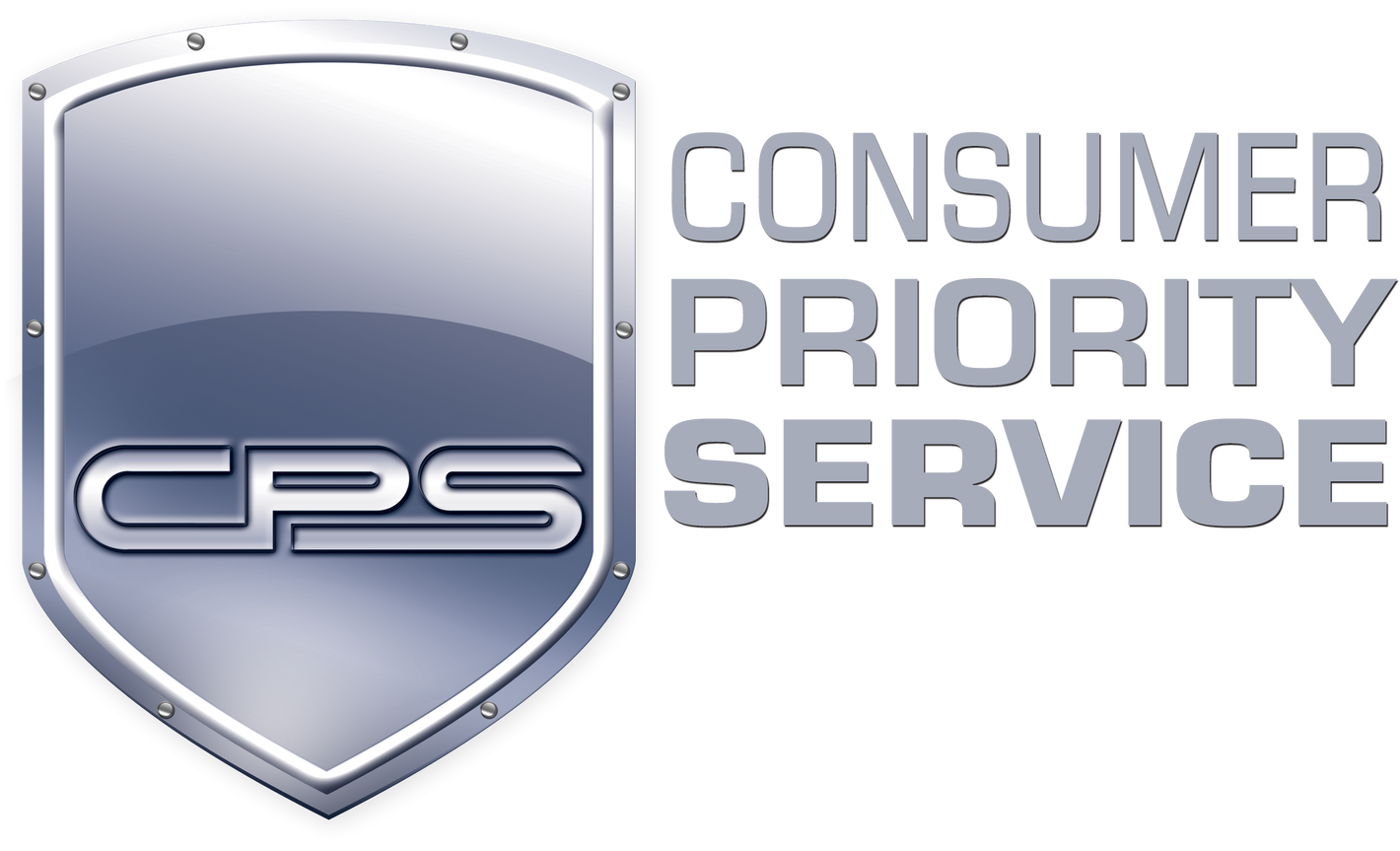
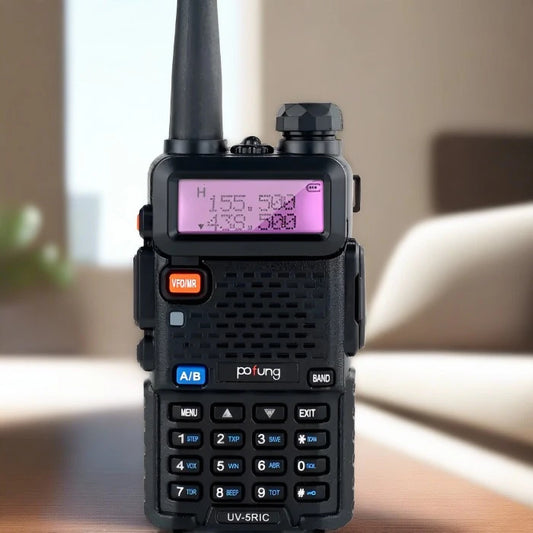
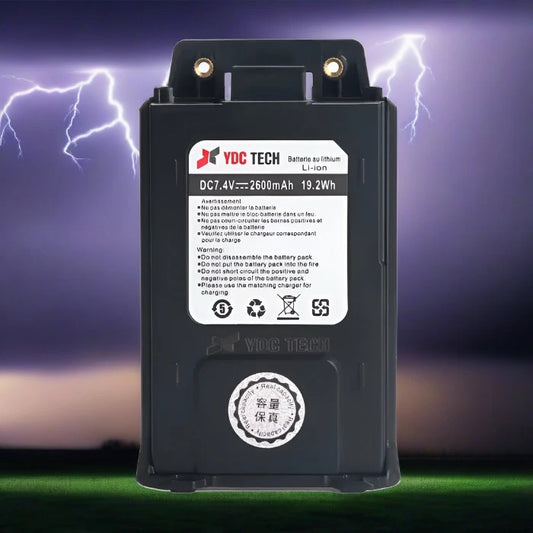
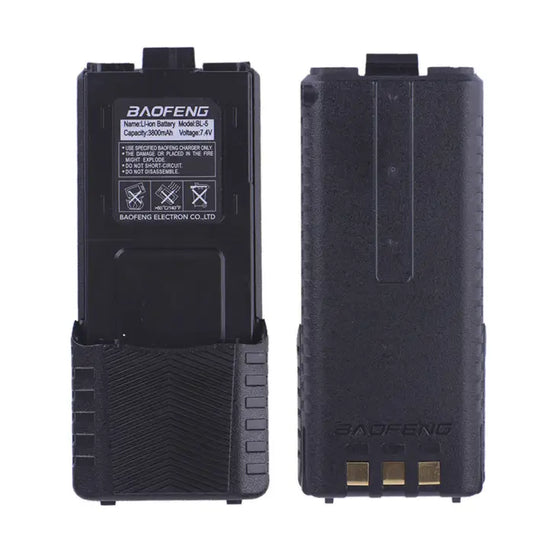
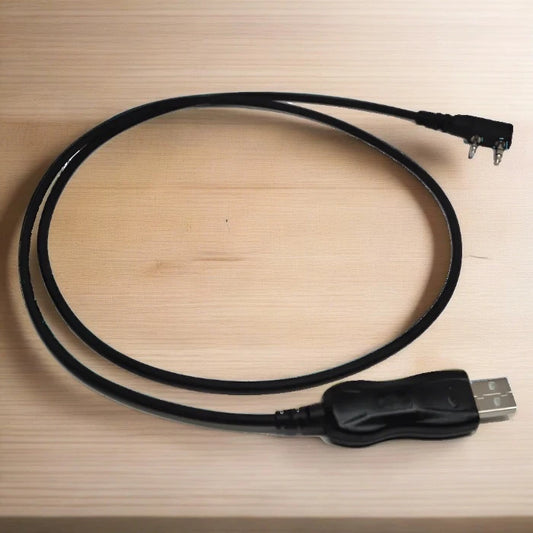
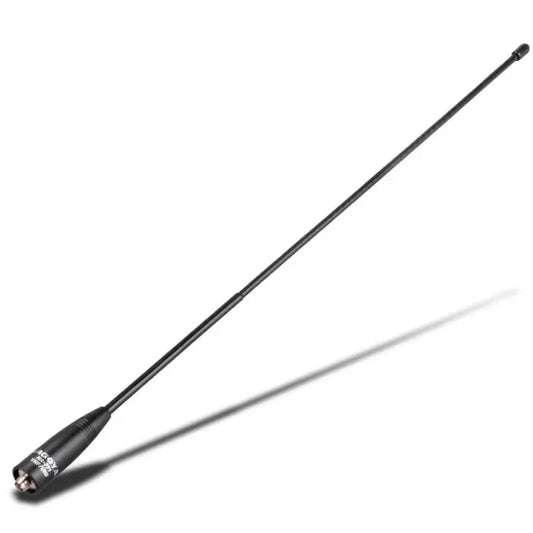
1 comment
Might be appropriate to mention FM mode now that it is legal to use in the US.